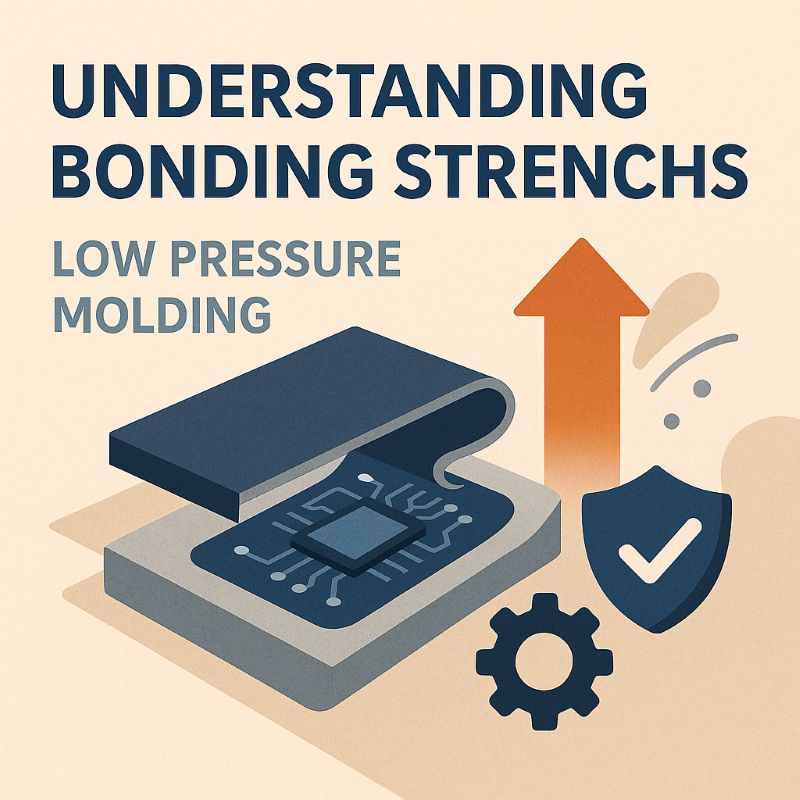
Understanding Bonding Strength
Types of Adhesive Films
Importance of Adhesive Films
Innovative Bonding Methods
Latest Trends in Adhesives
Strategies for Maximum Strength
Future of Adhesive Technology
Frequently Asked Questions (FAQ)
Bonding strength refers to an adhesive's capacity to maintain the connection between two surfaces under stress. Achieving optimal strength depends on several factors, including surface preparation, adhesive selection, and environmental conditions. Advanced double-sided tapes and mounting films are engineered to perform reliably across various scenarios, ensuring strong, long-lasting adhesion even in the presence of heat, moisture, or vibration.
Adhesive films are engineered in different forms to meet diverse performance needs:
Pressure-sensitive films: Activate with minimal pressure and are commonly used for fast, temporary applications.
Heat-activated films: Require heat for bonding and are ideal for permanent industrial use.
UV-curable films: Harden upon exposure to UV light, offering rapid and clean application in controlled environments.
High-performance films are chosen for their strength, curing speed, and compatibility with a variety of substrates such as plastics, metals, and composites.
Adhesive films are indispensable in modern manufacturing, construction, and electronics due to their ability to join materials without the bulk or stress concentration of mechanical fasteners. They distribute force evenly across surfaces, support lightweight materials, and simplify design and assembly. Their clean application and minimal material waste further enhance their value in industrial and consumer use alike.
Emerging bonding technologies using high-strength films are transforming assembly processes:
Ultra-thin, high-strength films: Offer structural bonding without screws or rivets.
Flexible sealing strips: Provide adhesion along with cushioning or vibration dampening.
Precision applicators: Ensure consistent adhesive film placement using automation or custom pre-cut designs.
These methods offer greater design freedom, improve production speed, and reduce component weight—key advantages in sectors such as aerospace, automotive, and electronics.
Recent innovations reflect a growing focus on sustainability and performance:
Low-emission, eco-formulated adhesives are reducing VOCs and improving air quality.
Environment-adaptive films respond to temperature or humidity changes.
Automation-ready formats enhance speed and precision in high-volume production environments.
These trends align with global shifts toward greener manufacturing and smart material integration.
To achieve maximum bonding strength with adhesive films, apply the following best practices:
Surface preparation: Clean, dry, and residue-free surfaces improve bonding effectiveness.
Adhesive selection: Match the film type to material characteristics and performance demands.
Consistent application: Apply even pressure and allow sufficient cure time.
Storage conditions: Protect films from moisture, dust, and extreme temperatures before use.
These techniques ensure long-term bond durability across a wide range of materials and operating conditions.
Looking ahead, adhesive film technology is advancing rapidly with:
Smart films that adapt bonding characteristics to temperature, moisture, or movement.
Biodegradable adhesives suitable for short-term or disposable applications.
Multi-functional layers that combine bonding, insulation, or conductivity in one film.
Such innovations are expected to redefine design flexibility and sustainability in next-generation product development.
What is bonding strength in adhesives?
Bonding strength refers to how well an adhesive maintains the connection between two surfaces when exposed to stress.
What are the types of adhesive films?
Types include pressure-sensitive, heat-activated, and UV-curable films, each with unique bonding behaviors.
Why are adhesive films important in construction?
They replace mechanical fasteners, improve load distribution, and allow cleaner, more flexible designs.
What innovative bonding methods are being used today?
Smart film applications, automated applicators, and ultra-thin bonding layers are redefining how materials are joined.
What are the latest trends in adhesive technology?
Trends include low-VOC materials, adaptive adhesives, and automation-compatible designs.
What strategies can maximize adhesive bond strength?
Prepare surfaces, select the right adhesive, apply evenly, and store films properly to ensure reliable bonding.
What is the future of adhesive technology?
Future trends include eco-friendly formulations, smart adaptive materials, and integration of multifunctional features.
What products are recommended for strong adhesive bonds?
Use generic high-strength tapes and industrial mounting films engineered for consistent adhesion and broad compatibility.